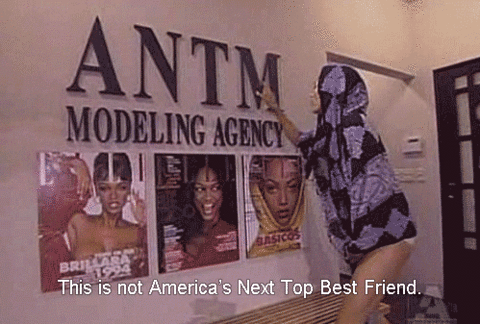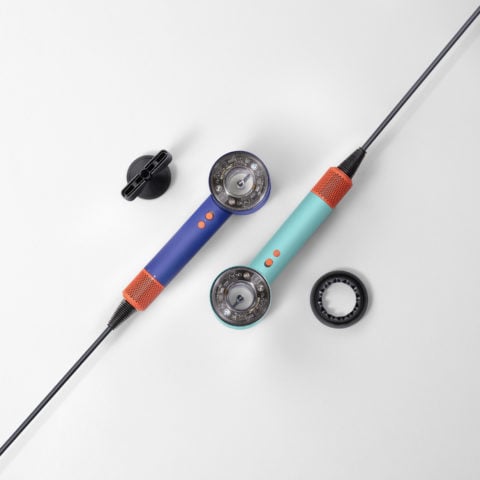How America’s Next Top Model shaped the way we think about beauty standards

The dream has died: after 12 years and 22 seasons, America’s Next Top Model will be ending on December 4th. How we learned the news? Tyra Mail. (Duh.)
“TYRA MAIL!” Tyra Banks tweeted. “Thinking #ANTM22 should be our last cycle. I truly believe it’s time. May your pics be forever fierce. Keep on Smizing!”
And we will, Tyra. Until our eyes are sore. But of course, smizing is not our only takeaway from the show that guaranteed we’d be present, accounted for, and sitting comfortably in front of our televisions most Wednesday nights of the earlier 2000s. Lest we forget that ANTM brought us real wisdom.
It served as an acting coach.
It made us feel things.
And it made us vow to name all our children Tiffany.
But America’s Next Top Model also helped shape the way we think about beauty standards. Isis King was the first trans model to compete on the series. Whitney Thompson was the show’s first plus-size winner. And Winnie Harlow? After competing in cycle 21, she’s gone on to become a widely recognized and celebrated models in the industry. This, of course, after earning widespread recognition for her 2011 YouTube video, “Vitiligo: A Skin Condition, Not A Life Changer.” (Also: she’s friends with Drake.)’
And then there were the makeovers.
Fans of the series should understand the following sentiment: makeovers were the best part of each season. For 60 full minutes (or more, depending on who got extensions, and how long someone sat in their stylist’s chair, sobbing), we watched as Tyra Banks confronted each model with their new normal. Young women who used their hair to define themselves were forced to live without it, while others who thrived on using their hair to set themselves apart found themselves donning “normal” haircuts. Slowly, each learned that beauty norms were whatever you made them, and if you had enough confidence, you could basically carry off anything. (Others learned that if they didn’t want to undergo makeovers, they probably shouldn’t have gone on a show where an entire episode is dedicated to them.)
Which, despite the over-dramatization of watching someone cradle their lost inches as though they’d been forced to participate in a series we knew they’d auditioned for (and had probably seen past seasons of), that “you do you” manifesto transcended ANTM and found its way into our own lives. I mean, sure, we all laughed upon a contestant’s meltdown regarding her new bangs, but that’s because we related to her tragedy. Like the models, we’ve all craved change — and sometimes, that change turns out to be the worst haircut we’ve ever had. And then we’re learn to redefine our concept of beauty.
That’s why I love this gif so much:
Mainly because the point of America’s Next Top Model was not to be Tyra Banks, but to inject yourself with enough confidence that you didn’t want to be; that being You™ was fine. And to build yourself up, sometimes you have to strip off a few layers (or inches, depending on the haircut), which usually began with the makeover episode. And then, from those makeovers, these young women were reborn, and rose, and and gave us some solid television. Which reminded us at home, eating fro-yo, that if we wanted to take our own plunge with a box of semi-permanent box dye, everything would probably be fine. (Because at least we weren’t getting bangs.)
So here’s to you, ANTM, and the “you do you” beauty standards you helped put in motion. Provided, of course, those standards were on par with what your maniacal producers wanted. But, as perfectly stated, it never was America’s Next Best Friend.












